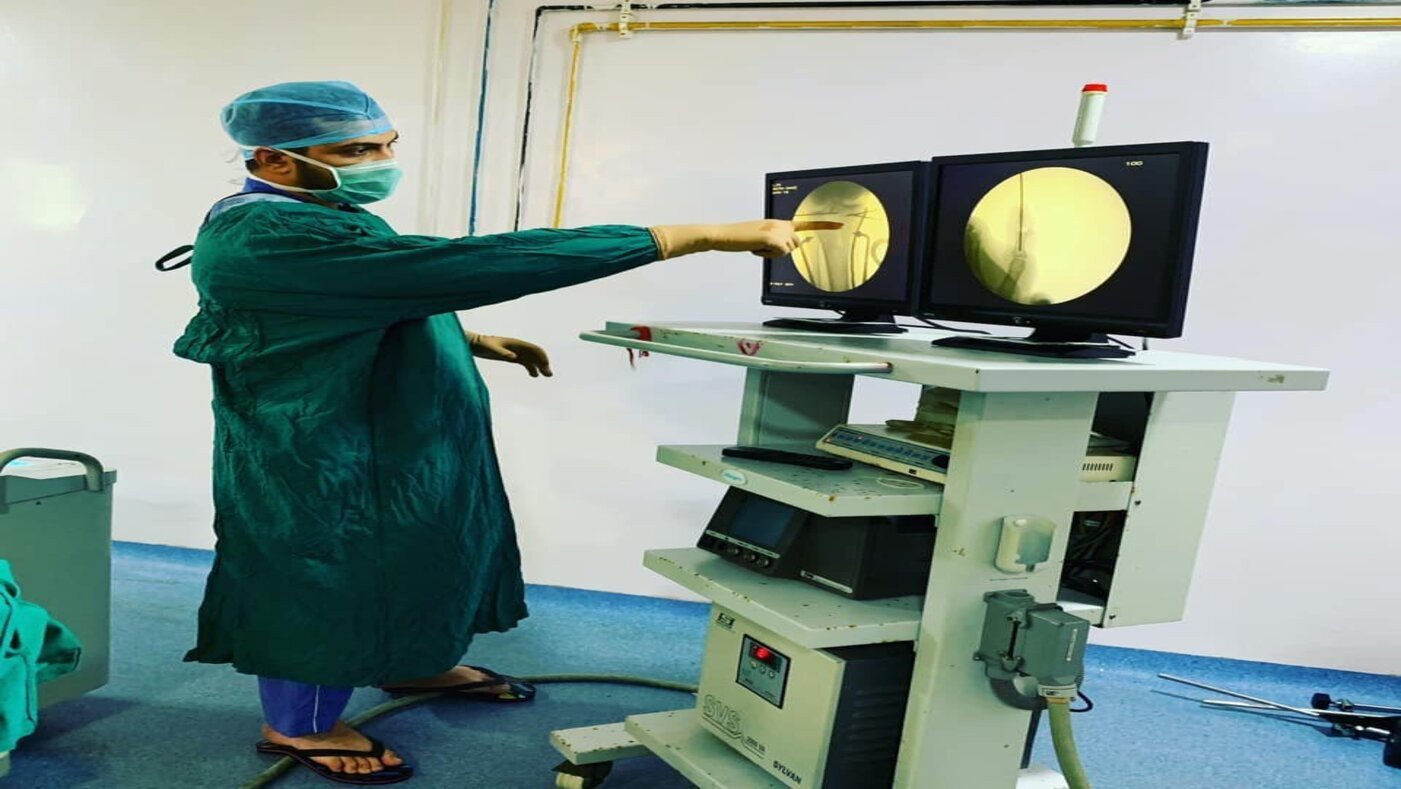Common Causes of Knee Pain
Knee pain is a common problem that affects people of all ages. It can arise from several causes, ranging from sudden injuries to long-term wear and tear.
One of the main causes is injury, which can happen during sports, workouts, or even daily activities. Common injuries include ligament tears such as an ACL tear or meniscus damage, often caused by a sudden twist or fall. These injuries usually lead to swelling, stiffness, and reduced mobility, making even simple movements painful.
Another frequent cause is degenerative joint disease, especially osteoarthritis. This condition develops when the cartilage that cushions your knee wears away, causing the bones to rub against each other. It results in inflammation, pain, and stiffness, which get worse after long periods of rest or overuse. The risk increases with age, making osteoarthritis a top cause of chronic knee pain among older adults.
Lifestyle habits also affect knee health. Being overweight adds extra pressure on knee joints, speeding up damage and increasing pain. Likewise, lack of exercise can weaken muscles around the knee, reducing joint support and raising the risk of injury. On the other hand, high-impact workouts without proper conditioning may cause tendonitis, which leads to inflammation of the tendons.
Understanding these causes—injuries, joint degeneration, and lifestyle factors—helps in early diagnosis and effective treatment. At OrthoOne Orthopedics Clinic, patients receive expert care to manage knee pain, restore movement, and improve quality of life.
The Importance of Professional Diagnosis
When you experience knee pain, getting a professional diagnosis is essential. Because knee pain can come from different sources, accurate identification of the cause ensures the right treatment.
At OrthoOne Orthopedics Clinic, doctors begin with a detailed medical history, reviewing symptoms, past injuries, and activity levels. Next, a physical examination checks knee movement, stability, swelling, and tenderness. This hands-on evaluation gives doctors valuable insight into the condition of the joint.
To confirm the diagnosis, imaging tests such as X-rays, MRIs, or CT scans are often used. These show detailed views of the bones, cartilage, and soft tissues, helping to detect issues like ligament tears, meniscus injuries, or arthritis. By combining clinical findings and imaging results, specialists at OrthoOne ensure a precise diagnosis and a customized treatment plan.
Getting the correct diagnosis early helps relieve pain faster and prevent long-term joint damage. So, if you have ongoing knee discomfort, don’t ignore it—consult Dr. Dibya Singha and his expert team for a professional evaluation.
Treatment Options at OrthoOne with Dr. Dibya Singha
At OrthoOne Orthopedics Clinic, patients receive comprehensive and personalized treatment under the guidance of Dr. Dibya Singha. Depending on the severity of your condition, treatment may involve non-surgical therapies or surgical interventions.
Non-Surgical Treatments
The first step usually focuses on non-surgical options such as physical therapy. Experienced therapists design custom exercise programs to strengthen knee muscles, improve flexibility, and restore mobility. This approach works well for people with arthritis, minor injuries, or post-surgery recovery.
Dr. Singha may also recommend injections such as corticosteroids or hyaluronic acid to reduce inflammation and relieve pain. In many cases, these simple treatments provide significant relief and improve daily comfort.
Patients also receive guidance on lifestyle changes—including weight management, diet, and low-impact exercises—to maintain healthy joints and prevent future issues.
Surgical Treatments
If conservative methods don’t bring results, surgical options may be considered. Dr. Singha specializes in arthroscopic procedures and knee replacement surgeries. Each treatment plan is personalized to match the patient’s unique needs, ensuring faster recovery and better outcomes.
Throughout the process, Dr. Singha focuses on clear communication, ensuring patients understand their condition and treatment choices every step of the way.


